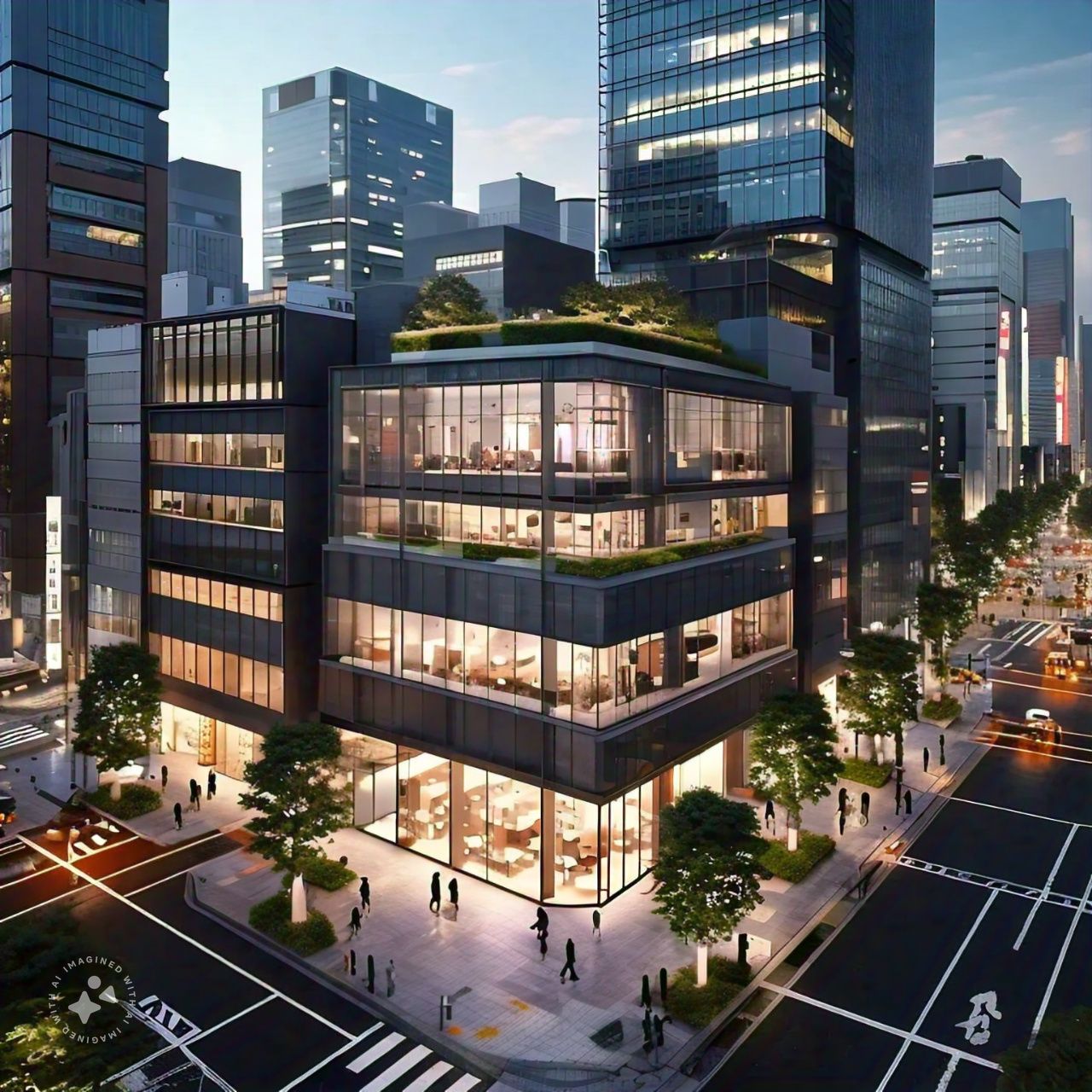1. Introduction
Japan’s real estate market has long been one of the most dynamic and resilient in the world. As the third-largest economy globally, Japan’s real estate sector reflects its economic standing, population trends, and unique cultural factors. Valued at approximately $4 trillion in 2024, the sector includes residential, commercial, and industrial properties, all experiencing varying levels of growth and challenges.
2. Historical Overview
Japan’s real estate sector has undergone significant transformation over the decades, from the asset bubble burst in the early 1990s to a slow but steady recovery in the 2000s. Over the last decade, the market has experienced renewed interest driven by domestic demand, foreign investments, and government policies aimed at revitalization.
3. Current Market Dynamics
Residential Real Estate: The residential sector in Japan has been heavily influenced by the aging population, which has resulted in a stagnant or shrinking market in certain areas. In contrast, Tokyo remains a hotspot with high demand and continuous development of luxury apartments and suburban housing. The average price of new condominiums in Tokyo hit ¥65 million ($590,000 USD) in 2024, marking a 10% increase from the previous year.
Commercial Real Estate: Japan’s commercial real estate market is among the most robust in the Asia-Pacific region. Demand for office space in Tokyo, Osaka, and Yokohama remains strong, with Tokyo’s Marunouchi district maintaining some of the highest office rental rates in the region. Meanwhile, Japan is experiencing growth in the retail sector as global brands continue to invest in flagship stores.
Industrial Real Estate: Driven by the e-commerce boom and the demand for logistics facilities, the industrial real estate market in Japan is growing rapidly. Prologis and other major developers are heavily investing in large logistics parks outside major cities, capitalizing on Japan’s shift towards online shopping and efficient distribution networks.
4. Government Policies
Abenomics and Real Estate: Under former Prime Minister Shinzo Abe’s economic policies (Abenomics), the government emphasized economic revitalization through inflation targeting and monetary easing. Real estate benefited from these policies with increased liquidity and lower borrowing costs.
Zoning Laws and Land Use: Japan’s government has stringent zoning and land-use laws, which can both support and hinder development. However, recent policies are focused on making urban areas more livable, sustainable, and conducive to investment.
5. Growth Opportunities
Tokyo 2020 Olympics Legacy: Although the Tokyo 2020 Olympics were postponed, the legacy of the event continues to impact the real estate market positively. Infrastructure projects around Tokyo have led to increased land values and demand for new developments in and around the capital.
Regional Cities: With Tokyo’s prices becoming increasingly prohibitive, investors are turning to regional cities such as Fukuoka, Sapporo, and Nagoya. These cities offer lower entry points but significant growth potential, driven by urbanization and government-backed development projects.
6. Foreign Investment
Foreign investors are playing an increasingly important role in Japan’s real estate market. Japan remains attractive to international investors due to its stability, low interest rates, and transparent legal framework. In 2024, foreign investment reached a record $20 billion, with much of this capital flowing into the residential and commercial sectors.
7. Emerging Trends
Smart Cities and Digital Infrastructure: Japan is at the forefront of smart city development, with projects such as the Woven City by Toyota—a fully connected, sustainable city prototype. These advancements are integrating AI, IoT, and robotics into urban living, creating new demand for technologically advanced properties.
Sustainable Development: Sustainability is becoming a core focus in Japan’s real estate sector. Tokyo is witnessing the rise of green buildings, and developers are increasingly incorporating eco-friendly designs and technologies into new projects to align with global environmental goals.
Aging Population and Real Estate Impact: Japan’s aging population is leading to significant changes in real estate demand. This shift is resulting in more demand for senior housing, healthcare facilities, and age-friendly urban planning in certain regions while simultaneously causing depopulation and a surplus of properties in rural areas.
8. Financing and Investment Trends
Real Estate Investment Trusts (REITs): Japan’s REIT market has grown significantly, becoming one of the largest in Asia. Japan REITs (J-REITs) focus on commercial and residential properties, offering investors access to the country’s real estate market with relatively low barriers to entry. In 2024, J-REITs are projected to deliver stable returns due to Japan’s low-interest-rate environment.
Mortgages and Lending: Japan continues to offer some of the world’s lowest interest rates for home loans, with fixed-rate mortgages available at under 1%. This environment supports strong domestic buying, especially in the residential sector.

9. Challenges and Risks
Population Decline: Japan’s declining population remains a major concern for the real estate market. As the workforce shrinks and urban migration slows, certain areas are seeing reduced demand and falling prices, particularly in rural regions.
Natural Disasters: Japan is prone to earthquakes, typhoons, and tsunamis, which pose risks to real estate investments. Insurance costs for disaster-prone areas are high, and developers must adhere to strict building codes to mitigate damage.
10. Regional Market Insights
Tokyo: Tokyo remains Japan’s largest and most dynamic real estate market, driven by strong demand for both residential and commercial properties. High-rise developments continue to reshape the skyline, with new projects focusing on luxury and sustainability.
Osaka: Known for its commercial activities and strong industrial base, Osaka is seeing a rise in demand for office and logistics space. The city is positioning itself as a regional hub, attracting significant foreign investment.
Fukuoka: Fukuoka is emerging as a leading destination for young professionals and startups. Its affordability compared to Tokyo and Osaka makes it an attractive option for both domestic and foreign investors.
11. Case Studies
Case Study 1: Toranomon-Azabudai Project (Tokyo): A $5 billion urban redevelopment project, this mega-development in Tokyo exemplifies the city’s push towards modern, sustainable, and luxury living. It will include residential towers, retail spaces, and green public areas.
Case Study 2: Sapporo’s Transit-Oriented Developments: Sapporo is leveraging its public transportation system to drive real estate growth. New developments around transit hubs have led to an increase in property values and revitalization of urban areas.
12. Future Outlook
The future of Japan’s real estate sector remains optimistic, driven by urbanization, technological advancements, and sustained foreign investment. However, long-term challenges such as the aging population and rural depopulation require innovative solutions to maintain market stability and growth.









